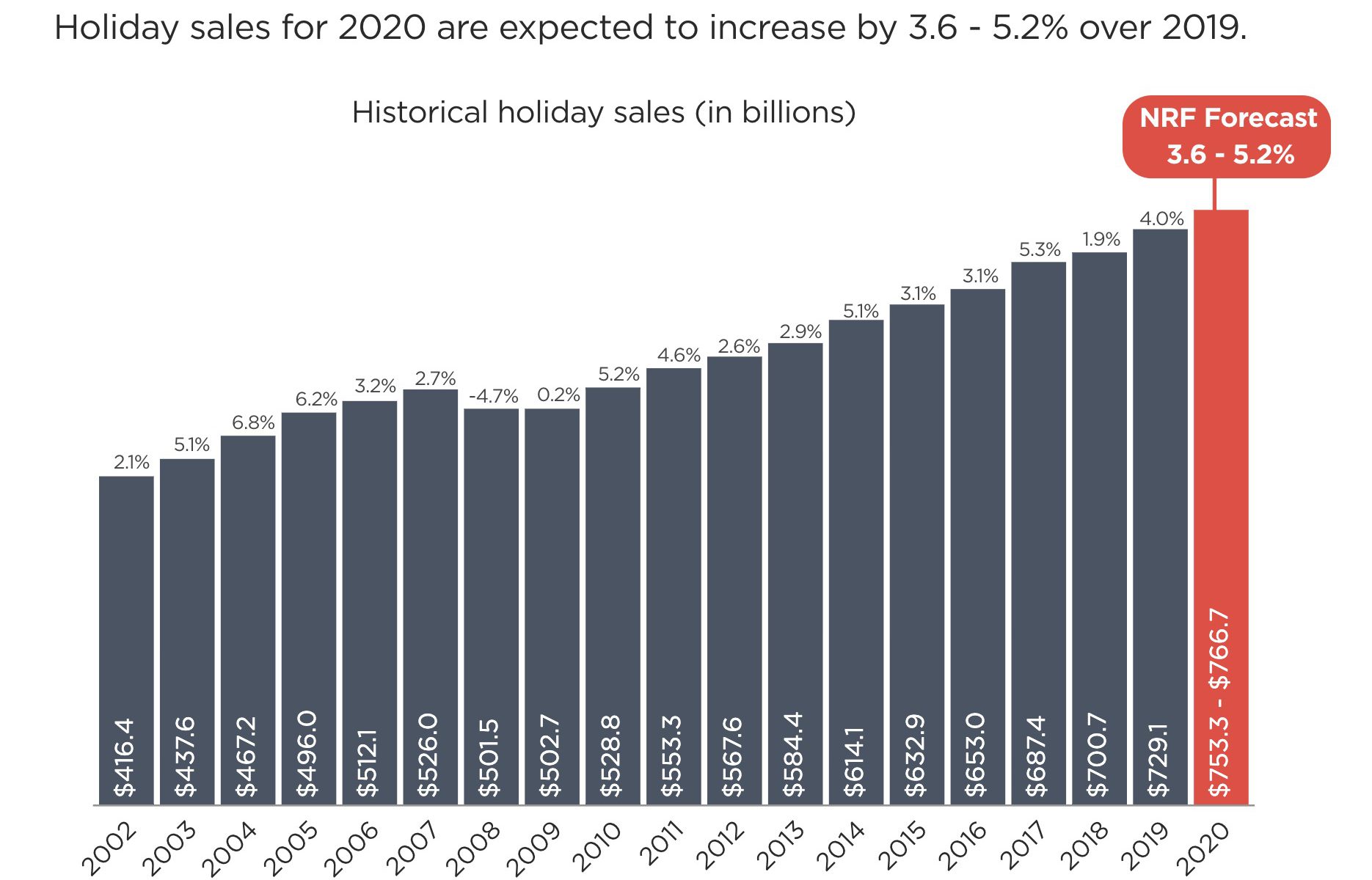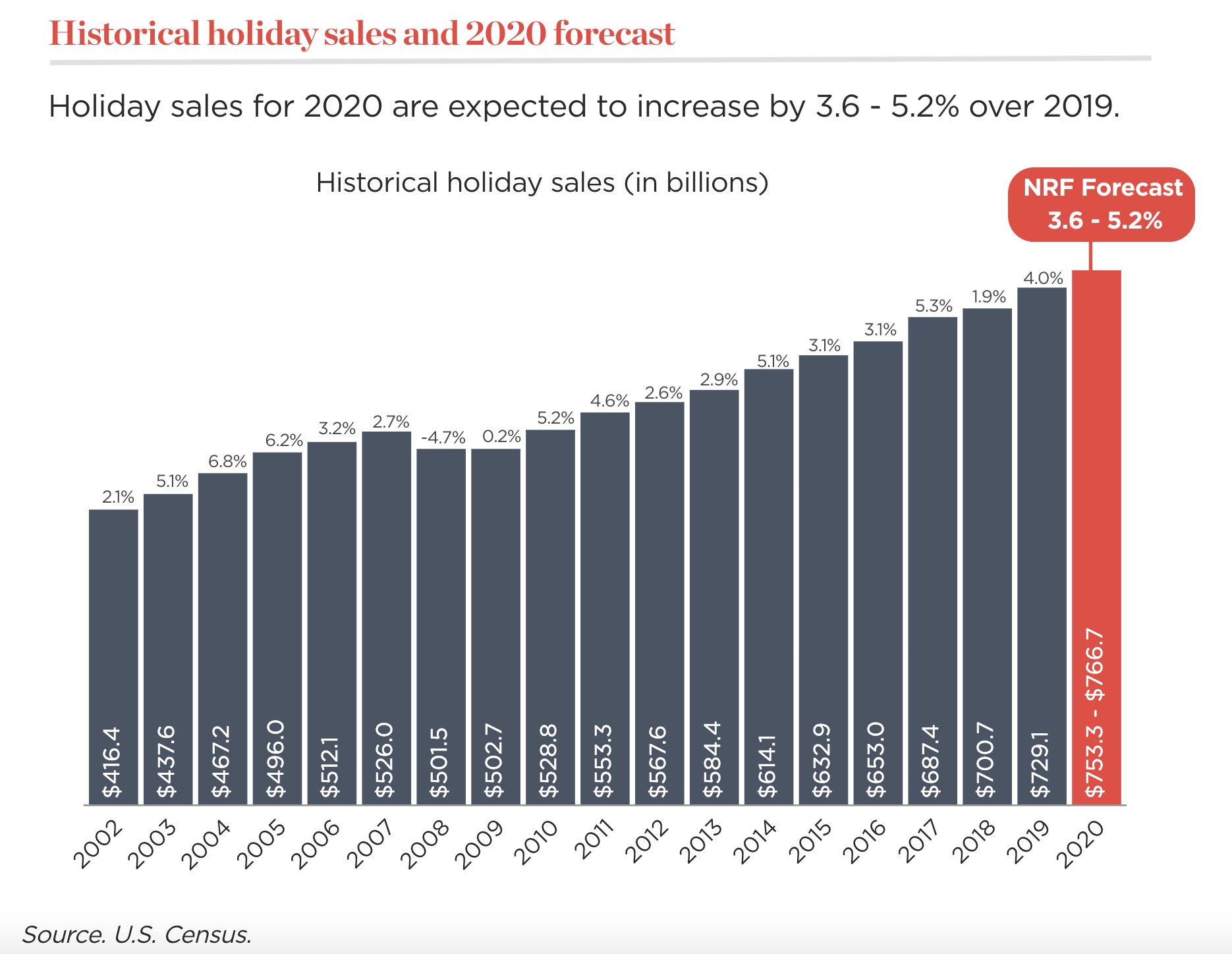Sequoia Capital, the renowned Silicon Valley venture capital firm that has backed companies like Apple, Google, Dropbox, Airbnb and Stripe, recently disclosed that it had opened its first office in Europe. To staff up, it hired partner Luciana Lixandru away from rival Accel Partners.
Even without an official European presence, Sequoia has quietly operated in the region for more than a decade, first investing in Klarna in 2010. Other Europe-founded companies in its portfolio include Baaima, CEGX, Charlotte Tilbury, Dashlane, Evervault, FON Wireless, Front, Graphcore, Mapillary, Metaswitch Networks, n8n, Remote, Skyscanner, Songkick, Tessian, Tourlane, UiPath, Unity and 6Winderkinder (Wunderlist).
Yet, it is only now that the VC firm is putting people on the ground here in Europe, starting with an office in London that has a remit to invest across the continent.
Working alongside Lixandru is junior investor George Robson, who joined from Revolut. Most recently, Sequoia recruited Zoe Jervier Hewitt from EQT as head of talent in Europe. And finally, Matt Miller, a Sequoia U.S. veteran, is also part of the European efforts and plans to relocate next year, while I also understand that Sequoia’s Doug Leone will be spending a lot of his time in Europe.
Last week at the virtual “Node by Slush” event, I interviewed Lixandru and Miller and teased out some important details about Sequoia’s plans.
1. Sequoia now believes Europe is producing market leaders ahead of Silicon Valley
“There has been this evolution and maturity of the tech ecosystem that has been really meaningful, that has attracted us to want to put down boots on the ground and be more invested in Europe than ever before,” said Sequoia partner Matt Miller.
“One change is in the attitudes of young people. Europe has always been this place where there’s been incredible talent coming out of the computer science programs, across the universities across the continent and the U.K., and these young people previously, were going into careers in investment banking and consulting are bigger conglomerates. And now that those young people are interested in startups and technology careers, that’s fueling a lot of great ideas and a lot of great talent.
“There was a long time this question of, when will there be a $10 billion plus startup, and now there’s multiple of them across the continent. And now the question has really changed: When will there be the next hundred billion dollar startup in Europe, and I think it’s just an evolution over time.
“We find ourselves getting pulled more and more. So when … we want to invest in the best AI semiconductor company in the world, we looked at them in China, Israel and Europe. And the one we wanted to invest in was Graphcore, in Bristol [in the U.K.]. And when we looked … [to] invest in the best process automation company in the world, we looked at automation anywhere in California … and we looked at companies all over the world, and the one we wanted to invest in was UiPath in Romania. And that is increasingly becoming the case.”
“To some extent, success breeds success, too,” said Lixandru. “I think role models are really powerful. And the fact that there have been these category-leading companies created out of Europe, but that are winning on a global scale, like Spotify, Adyen and UiPath … I think that’s really inspirational to the next generation of founders. And I think that has helped a lot.”
2. The firm will make investments out of the same fund as the U.S. and Canada
“We work as one partnership across two geographies, and we invest from the same pool of capital across both geographies,” explained Lixandru. “And the rationale behind that is exactly what Max talked about. We want to be able to partner with category leading companies, and if they start in Paris, or in Stockholm, or in San Francisco, for us, it does not make a difference. We want to partner with them early. And we want to be able to help them on the ground early … whether they start here in Europe or in the U.S.”
Related to this, Sequoia will share carry — the fund’s profits — with partners across the U.S. and Europe, regardless of where partners reside or where the deal was sourced.
“One of the things that I love the most about Sequoia having been here close to nine years now is the way that we operate is very, very team centric, and that everybody is compensated the same amount in a fund, whether or not it is the investment that they lead or the investment that their partner led,” said Miller. “So when we make an investment, we lock arms together as a team, and we work collectively to help that company be successful.”
Miller said portfolio companies in Europe also get to work with Sequoia’s operational supporting partners in the U.S., too. “And the economic model is one that supports that,” he said.
3. Sequoia will continue building out a team on the ground in Europe
Source: Tech Crunch

















